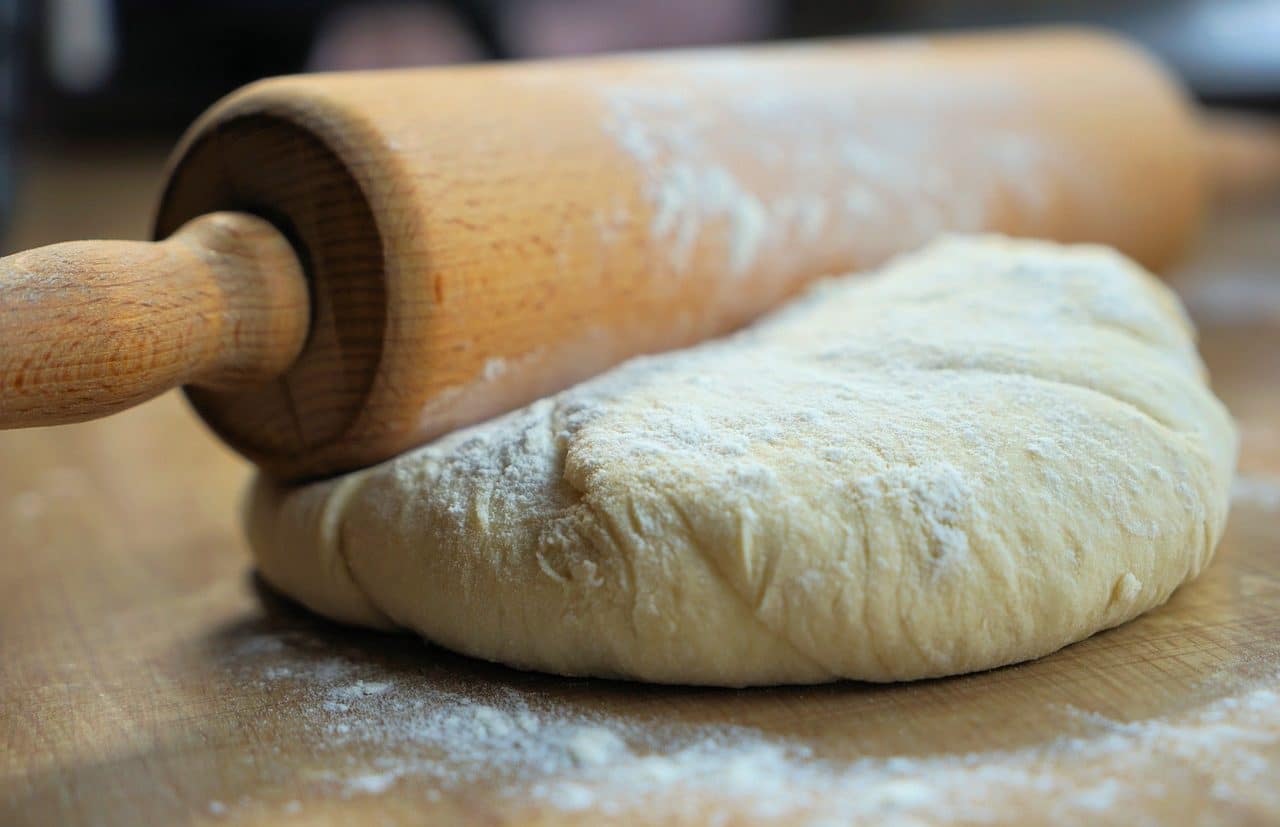
Amylase is an enzyme.
Amylase is an enzyme that has the ability to break down starch into its various components. This definition leads us to the analysis of two terms to understand precisely what amylase is: enzyme and starch.
An enzyme is a protein that is responsible for specifically catalyzing the different biochemical reactions that the metabolism develops. In the case of amylase, it catalyzes a hydrolysis reaction that, in the digestion of starch, gives rise to simple sugars.
Starch, for its part, is a carbohydrate that acts as an energy reserve in vegetables. Therefore: when the enzyme amylase acts on the carbohydrate starch, it breaks it down into simple sugars through a metabolic reaction.
The etymology
Before moving forward with the meaning of amylase, it is necessary to know its etymological origin. In this case, we can indicate that it is a word of Latin origin, the result of the sum of amidum (which can be translated as "starch" ) and the suffix -asa .
Amidum , in turn, from the Greek word amylon , which was used to refer to a type of bread that was made from the starch resulting from introducing the unground grain into water.

There is amylase in the yeast used to make bread.
Importance of amylase
Amylase is key in digestion . When a person eats bread, pasta or other products that contain flour , they ingest starch. Amylase produced by the pancreas and salivary glands breaks down starch into simpler substances so the body can absorb nutrients.
Analysis of the amount of amylase in the blood makes it possible to diagnose various diseases . When its level is excessive, it may be due to pancreatitis, mumps or a kidney problem.
Hyperamylasemia
When a person has high levels of amylase in the blood, exceeding 137 U/L, they suffer from what is called hyperamylasemia . From this pathology we can highlight the following data of interest:
- There are many causes that may be behind hyperamylasemia, such as kidney failure, certain medications, a tumor or inflammation of the pancreas.
- The associated symptoms are fatigue, notable weight loss, very excessive thirst, nausea, weakness and the need to urinate very frequently.
- To reverse hyperamylasemia or reduce it as much as possible, it is recommended that the affected person hydrate very well, eat a diet low in fat and rich in fiber , and not drink alcohol. In the same way, it is necessary that you do not self-medicate any ailment and that, of course, you follow all the advice and treatments that your doctor imposes on you.
Bread amylase
It should be noted that amylase is also present in the yeast used for the production of bread.
This amylase breaks down the starch in the flour, allowing the yeast to “feed” on the simple sugars and causing the dough to rise. The process also gives a characteristic flavor to the bread.
